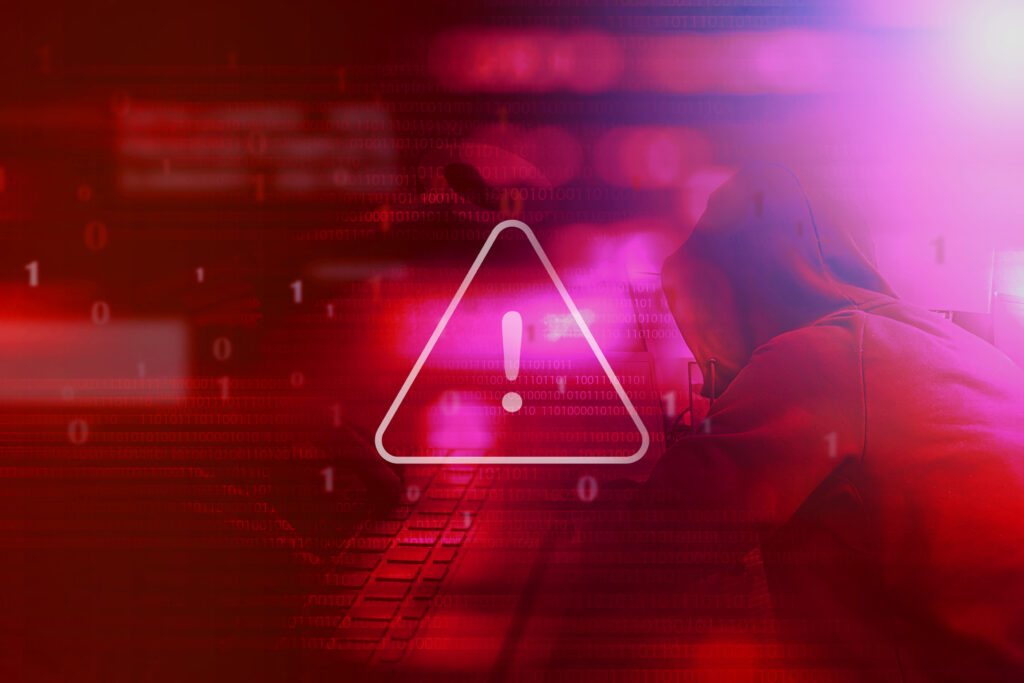Have you ever worried about your business insurance being canceled? How many claims do you pay out of pocket for fear of having your insurance carrier increase premiums or non-renew your policy? These worries are not unfounded.
Insurance has always experienced fluctuations throughout the decades, with hardening, defined by an increase in premiums and decrease in coverage availability, and softening, resulting in a decrease in premiums and greater availability of coverage. These cycles are considered normal and happen due to several factors including competition, investment rate of return, the economy, and an uptick in claims. Over the last few years we have experienced an ongoing hardening of the insurance market, and as the fallout from the COVID-19 pandemic becomes more understood, insurance experts expect that hardening to continue.
The Liability Crisis
In the mid-1980s, the United States experienced a hardening of the market so significant it was labeled the Liability Crisis. From 1984 to 1987 it is reported that general liability insurance premiums increased 250%. A perfect storm of loss events provoked this increase in premiums including lower investment returns, a more litigious society which led to an increase in lawsuits and settlements, and reinsurance supply disruptions. It is also argued that there was collusion among insurers, intentionally driving premiums up for increased profits.
With few regulations on insurance at the time, insurers were denying claims and increasing premiums and coverage with little to no notice to the insured. Many businesses found themselves priced out of insurance or completely unable to find any at all. A dilemma so common, Time Magazine titled their March 24, 1986 issue “Sorry, America, Your Insurance Has Been Canceled.”
The Liability Crisis Reform
The liability crisis was not all bad, as with many hardships, growth and regulation resulted. The 1980s Liability Crisis was a driver for Congress to enact the McCarran-Ferguson Exemption — ensuring antitrust state regulations of insurance, tort reforms to limit the dramatic surge in premiums, and alternative self-insuring options such as the 831(b) Tax Code within the 1986 Tax Reform Act. This code provided a tax-deferred incentive for businesses to self-insure risks they could not find on the open market, giving power and assurance back to the business owner.
The Crisis Today
Many business owners today can relate to those impacted by the 1980s Liability Crisis. We see insurance premiums on the rise, reductions in coverage, and a greater burden being placed on the insured, not the insurer. Greater frustrations arise when a business invests in safety protocols and has good loss ratios, yet they see their premiums increasing at the same rate as those lacking risk controls.
Deductibles
In addition to increasing premiums, many insurers have moved away from first dollar loss, placing a significant burden on the insured. Along with a property deductible, you also have a significant deductible on your liability insurances. For example, an insurer may provide $1MM of coverage for general liability insurance, but the insured is responsible for the first dollar loss of $100,000 per claim occurrence, a scenario becoming more common in commercial auto insurance. In the past, companies with higher risk tolerances would increase their deductibles to save money on premiums; unfortunately, today, those savings go unrealized.
Exclusions
Insurance companies understand insureds can only afford to pay so much. To offset increasing premiums, they add more exclusions to their policies. As a result of these exclusions, insurance companies lower their risk, which in turn reduces their losses and increases profits. COVID-19 revealed to many business owners the exclusions in their policies relating to a “direct” or an “indirect” loss in coverage.
Today, You Have Options
Thanks to the reforms made following the Liability Crisis, successful business owners with good risk controls and a tolerance for risk have more options than ever. The 831(b) Tax Code provides business owners with additional risk financing options outside of traditional insurance.
Alternative Risk Management
Mid-market businesses with good loss ratios can insure property and casualty risk using an 831(b) Plan. On the surface, this insurance acts as any other and still provides A-rated paper, but internally the business assumes up to 50% of their risk and premiums, placing it in a tax-deferred 831(b) Plan. This allows them greater control over claims and the potential to participate in underwriting profits within their 831(b) Plan. An ideal strategy for a business owner willing to take a calculated risk for more reward.
Mitigating Emerging Risk with an 831(b) Plan
Many emerging risks that directly impact a business are not covered by traditional insurance: supply chain interruption, brand protection, third party business interruption, political risk, and loss of income due to a cyber attack just to name a few. Traditional insurance providers avoid insuring emerging risks that have limited historical loss data and are difficult losses to quantify. An 831(b) Plan allows a business owner to set aside tax-deferred funds during the good times to cover the bad times and recoup cash flow losses when the unexpected occurs.
The Future of Insurance & Risk
There’s no denying COVID-19 has exacerbated the present liability crisis and many of the same symptoms of the 1980s hardening market are emerging in today’s insurance market. Currently, businesses are experiencing supply chain issues that will most likely continue along with the looming possibility of more shutdowns. With any disruption comes a surge in lawsuits, which you can expect to see rise over the next few years. The COVID-19 disruptions and those yet to be realized, along with an increase in weather-related losses, and other emerging risks will result in insurance companies continuing to increase premiums, deductibles, and adding exclusions.
831(b) Plans are becoming increasingly popular and one day may be as common as a 401k. COVID-19 and our current hardening of the insurance market have made an 831(b) Plan more of a necessity than ever. You have options and you owe it to your business to explore alternative risk management strategies and ensure your company weathers the storm to emerge not only successful, but hopefully stronger.


